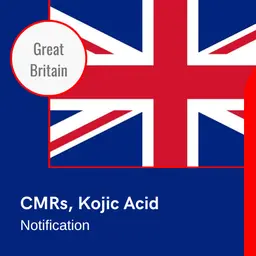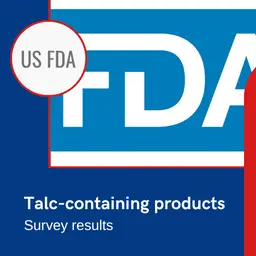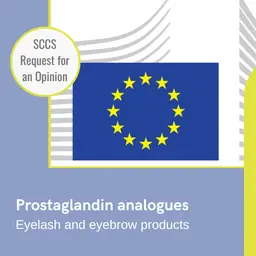
The motto sometimes heard is, it is better to be wary of all the ingredients listed under capital letters in the list of ingredients of our cosmetics. This is a too-large advice to be taken at face value … but may be right sometimes. Examples: BHT and BHA are among the most controversial ingredients, especially when considering their toxicological safety. Explanation.
BHA (Butylhydroxyanisole) and BHT (Butylhydroxytoluene) are synthetic ingredients considered as very close to each other. They are often used in food as additives and in cosmetics as active ingredients.
When BHA is less and less used in cosmetics, BHT is still present in many different categories of products: lipsticks, lips balms, face care (creams, eye contours, masks, oily serums …), soaps (especially "soap-free" or "oil-enriched" soaps), make-up (foundations, mascara, powders and blush …), shaving gels and creams, moisturizing lotions, deodorants, body oils, make-up removers, some shower gels (mainly when oil-enriched) or depilatory creams …
A long list of blames
Allergenic
They are known to be potentially allergenic. They may lead to true allergies.
Metabolized
Several studies have shown that these antioxidants are absorbed and metabolized, i.e. transformed by living entities. Further, they may induce dysfunctions and disruptions in different organs, be they animal or human.
Persistent
After being absorbed, only 50% of BHT would be eliminated by urine. BHT and BHA may be stored in the …













